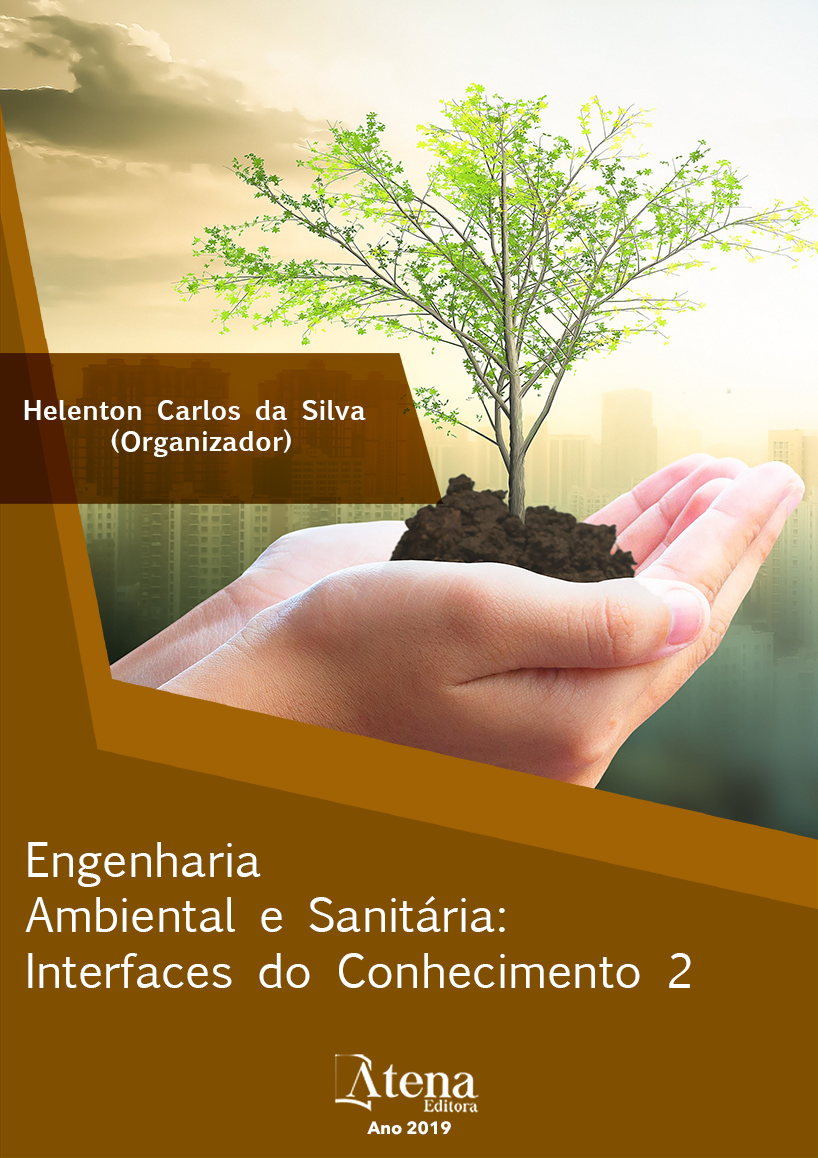
GESTÃO DE MICROPOLUENTES EM BACIAS HIDROGRÁFICAS URBANAS: O CASO DO RIO BELÉM, CURITIBA, PARANÁ
O objetivo principal deste trabalho
foi caracterizar a situação da poluição hídrica
por micropoluentes e seu atual contexto de
gestão na bacia hidrográfica do rio Belém em
Curitiba, dando atenção especial aos residuais
de produtos farmacêuticos. Para isso foi
realizada uma revisão bibliográfica buscando
identificar quais classes de micropoluentes têm
sido monitorados nesta bacia e quais foram
os intervalos de concentração encontrados.
Também foram realizadas 32 entrevistas
semiestruturadas com os atores que possuem
interface na redução e controle dos residuais
de produtos farmacêuticos ou que estejam
ligados à gestão das águas do rio Belém. As
concentrações de micropoluentes quantificadas
nesta bacia revelam teores de desreguladores
endócrinos muito acima dos limites considerados
seguros pelos toxicologistas europeus, o
que indica a necessidade de redução e
controle destes poluentes. Apesar disso, os
stakeholders entrevistados apontam que os
micropoluentes são os poluentes aquáticos
prioritários para a gestão das águas urbanas,
em detrimento dos patógenos e nutrientes. As
prioridades, quanto aos residuais de produtos
farmacêuticos, segundo os entrevistados
espelharam justamente o foco dos estudos e
das iniciativas de gestão europeias e norteamericanas
que tem priorizado os antibióticos e
os hormônios. Entretanto apesar da priorização
dos micropoluentes, as iniciativas de gestão
voltadas para a redução e controle deles na bacia
do rio Belém ainda são escassas. Os destaques
foram: o programa de despoluição hídrica da
secretaria municipal de meio ambiente; projetos
colaborativos entre instituições (notadamente
universidades e a Companhia de Saneamento);
e a logística reversa de medicamentos
domésticos em desuso.
GESTÃO DE MICROPOLUENTES EM BACIAS HIDROGRÁFICAS URBANAS: O CASO DO RIO BELÉM, CURITIBA, PARANÁ
-
Palavras-chave: Micropoluentes, Gestão das águas, Controle da poluição, Rios urbanos, Fármacos.
-
Keywords: Micropollutants, Water management, Pollution control, Urban rivers, pharmaceuticals.
-
Abstract:
The main objective of this work
was to characterize the situation of water
pollution by micropollutants and its current
management context in the Belém river basin in Curitiba, paying special attention to the
residues of pharmaceutical products. To this end, a literature review was conducted to
identify which classes of micropollutants have been monitored in this basin and which
were the concentration ranges found. Thirty-two semi-structured interviews were also
conducted with the actors who interface with the reduction and control of pharmaceutical
residues or who are linked to the management of the Belém River waters. Quantified
micropollutant concentrations in this basin reveal levels of endocrine disruptors far
above the limits considered safe by European toxicologists, which indicates the need
to reduce and control these pollutants. Nevertheless, stakeholders interviewed point
out that micropollutants are the priority aquatic pollutants for urban water management,
to the detriment of pathogens and nutrients. Priorities for pharmaceutical residues,
according to respondents, mirrored precisely the focus of European and USA studies
and management initiatives that have prioritized antibiotics and hormones. However,
despite the prioritization of micro-pollutants, management initiatives aimed at reducing
and controlling them in the Belém River basin are still scarce. The highlights were: the
water purification program of the municipal secretary of the environment; collaborative
projects between institutions (notably universities and the Sanitation Company); and
unwanted or expired domestic pharmaceuticals take-back collection programs.
-
Número de páginas: 19
- Harry Alberto Bollmann
- Demian da Silveira Barcellos


